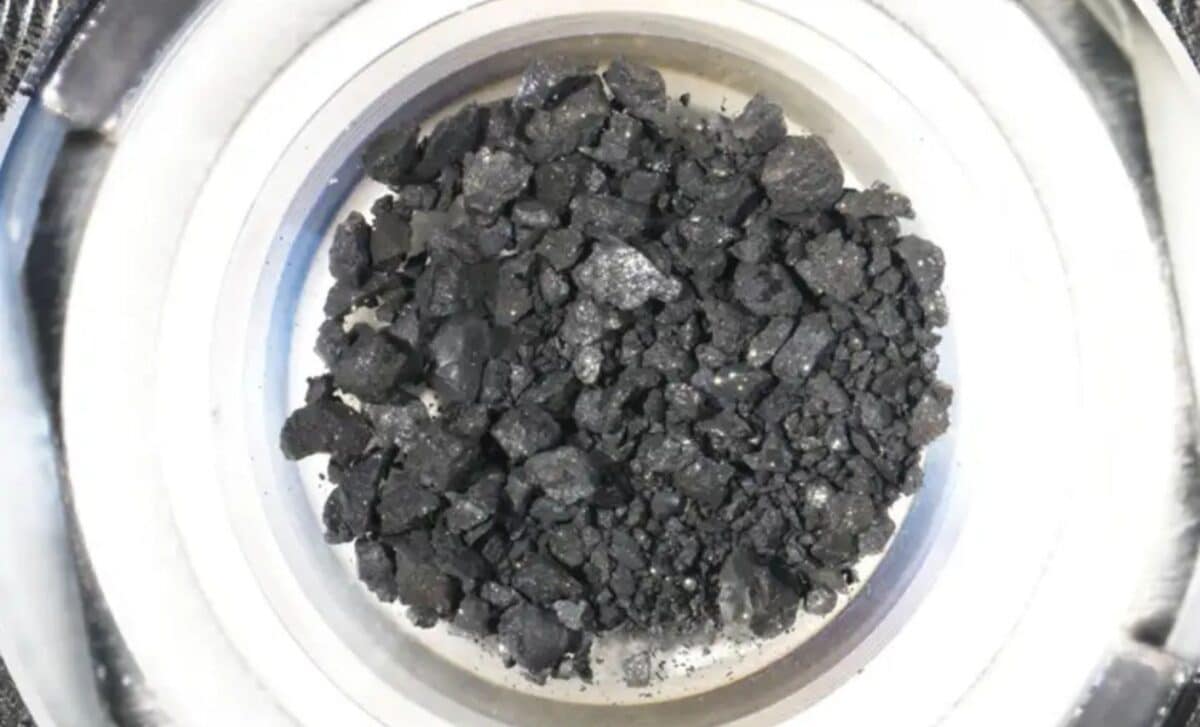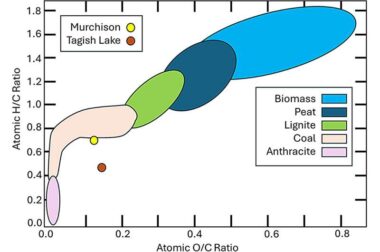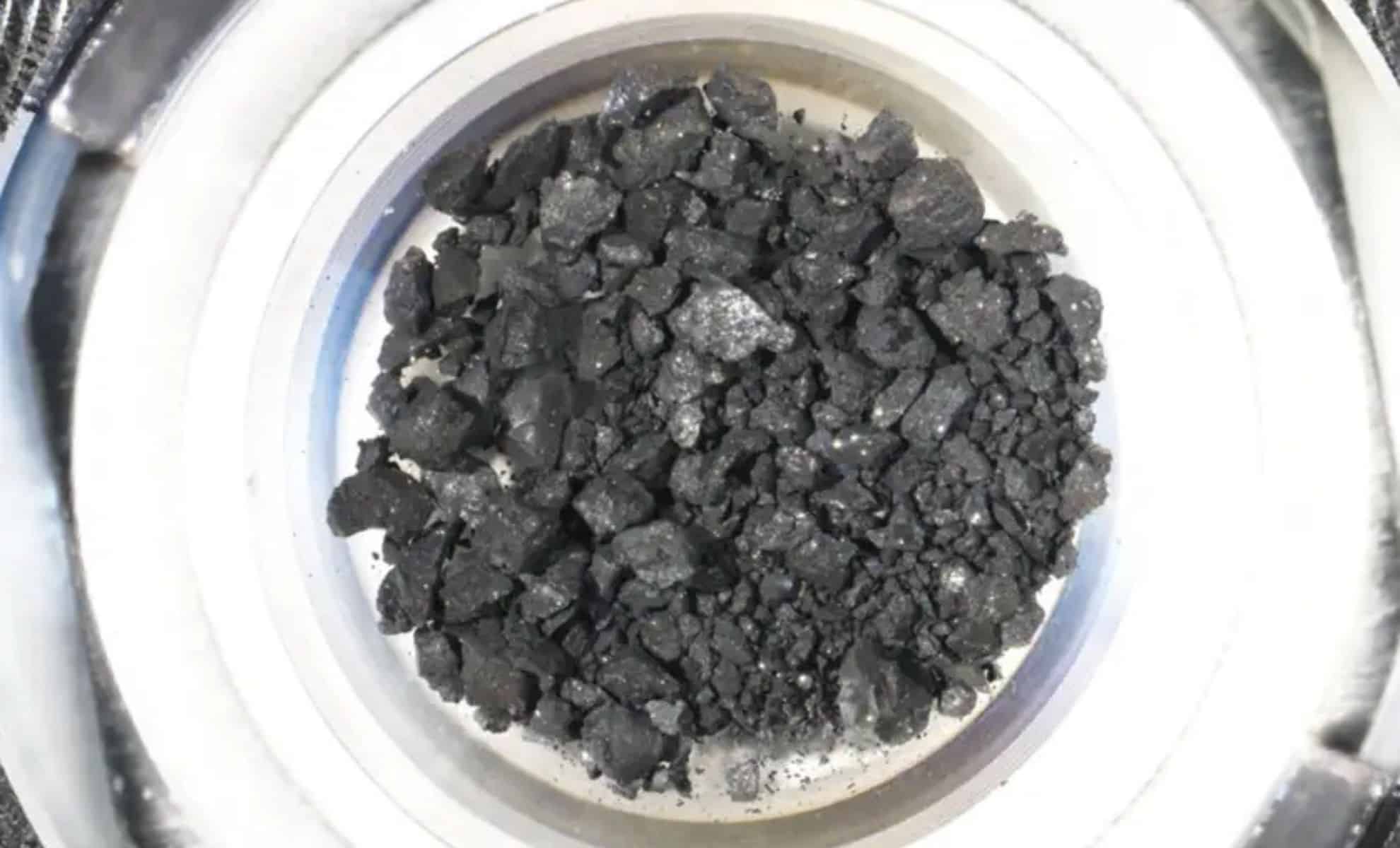A new study from researchers at Western University’s Institute for Earth and Space Exploration explores the possibility of using asteroid material to grow edible biomass for astronauts on long-duration space missions. By feeding bacteria carbon-rich compounds found in asteroids, the team has shown that it may be possible to produce a nutritionally balanced food source. This innovative approach could reduce the need for transporting large quantities of food from Earth, offering a potential solution for sustaining astronauts on future missions to Mars and beyond.
Investigating Asteroid Material as Potential Food Source for Astronauts

Scientists are exploring the possibility of turning asteroid material into a viable food source for astronauts on long-duration space missions. Researchers from Western University's Institute for Earth and Space Exploration propose that certain bacteria could be fed asteroid compounds, allowing them to grow into edible biomass that could sustain astronauts in deep space. This groundbreaking concept, still in its early stages, could help address the challenge of producing food during long space journeys, such as those planned for missions to Mars or beyond.
A Novel Approach to Space Nutrition
One of the biggest challenges facing long-term space exploration is the provision of adequate food for astronauts. Traditional methods, such as transporting food from Earth or growing plants aboard spacecraft, have significant limitations, particularly for missions that could last for years. The longer the journey, the more impractical it becomes to carry sufficient food supplies. In this new approach, researchers are turning to the idea of using bacteria to convert asteroid material into a potential food source.
The team from Western University tested this concept by analyzing the composition of certain asteroids, like Bennu, which are known to contain carbon-rich compounds. These compounds can be consumed by bacteria in a controlled process. In a series of experiments, they simulated this by feeding microbes material that mimics what might be found on an asteroid. The result was an edible biomass, with a texture and appearance similar to a "caramel milkshake," according to the researchers. While it may not sound appetizing at first, this biomass offers a balanced nutritional profile, with a composition of roughly one-third protein, one-third carbohydrates, and one-third fat, which makes it almost ideal for human consumption.

Lead researcher Joshua Pearce explained, "When you look at the pyrolysis breakdown products that we know bacteria can eat, and then what’s in asteroids, it matches up pretty reasonably." This is a promising indicator that asteroid material could be processed into a sustainable and nutritious food source for astronauts. The team also experimented with different forms of the biomass, drying it out into a powder or transforming it into a yogurt-like substance, which could provide more variety in texture and form, addressing the potential psychological need for diverse food options during extended space missions.
Feasibility and Challenges of Asteroid Food Production
While the idea of creating food from asteroid material sounds futuristic, the research team has taken the first steps in exploring its feasibility. They calculated that a 500-meter-wide asteroid like Bennu could theoretically provide enough biomass to feed between 600 and 17,000 astronauts for a year. The wide range depends on how efficiently bacteria can break down the asteroid’s carbon compounds into digestible nutrients. This potential solution could drastically reduce the need to carry food on deep space missions, making long-term exploration of the Moon, Mars, and beyond more sustainable.
However, turning this concept into reality poses significant challenges. One major hurdle is the variability in asteroid composition. While some asteroids are rich in carbon compounds that bacteria can consume, others may lack the necessary materials, making it difficult to ensure a consistent food supply. Furthermore, processing asteroid material into food would require an industrial-scale system to be built and operated in space. Pearce acknowledged that this would be no small feat, explaining that the process would need a “super machine” capable of breaking down asteroid rock and managing the bacterial growth efficiently.
Testing this process on actual asteroid material is another challenge. The team is currently proposing experiments using meteorites that have fallen to Earth, which have a similar composition to many asteroids. However, as Pearce pointed out, "It’s super expensive and we have to destroy [the meteorites], so the people that collect rocks were not happy when we made these proposals." Despite these obstacles, the researchers are optimistic that future developments could refine the process and make asteroid-derived food a practical reality.
Future Prospects for Space Food Innovation
The idea of producing food from asteroid material is still in its infancy, but it represents a bold new approach to solving one of space travel’s most pressing problems. The researchers are already working on ways to improve the efficiency of the bacterial process, and they hope to begin testing the concept with real meteorite material in the near future. The next step would be scaling the process up to industrial levels, where large quantities of asteroid material could be processed into food. This could significantly reduce the logistical burden of supplying food for long-term missions to destinations like Mars.
The success of this concept could also have broader implications for space exploration. If astronauts could harvest food from asteroids, it would open up new possibilities for long-term habitation in space. Missions could be extended, and the reliance on Earth-based resupply missions could be greatly reduced. According to Annemiek Waajen, a researcher at Free University Amsterdam, “There is definitely potential there, but it is still a very futuristic and exploratory idea. It is good to think about these things, but in terms of technique, there is still quite some development necessary to be able to use these methods.” This sentiment highlights the excitement and challenges that lie ahead in the field of space food innovation.
The prospect of asteroid-sourced food could also provide insights into early Earth biology. Previous research has shown that microbes on Earth may have consumed meteorite material during the planet’s early days, supporting the development of early life. Similarly, microbes in space could potentially thrive on asteroid material, offering a way to create biomass in environments where traditional agriculture is impossible.



